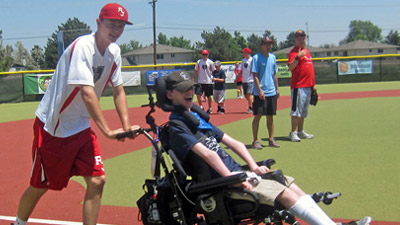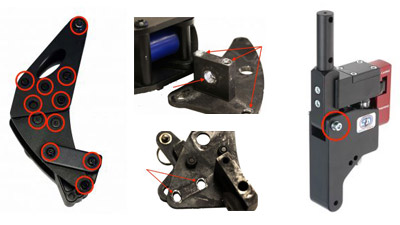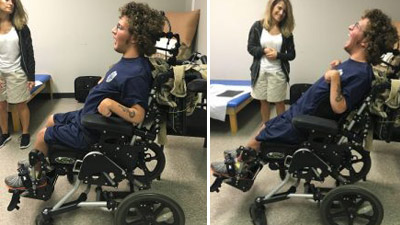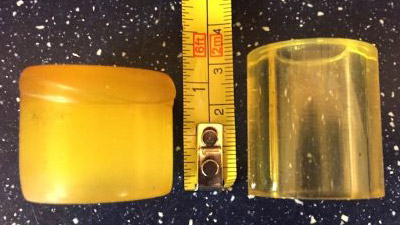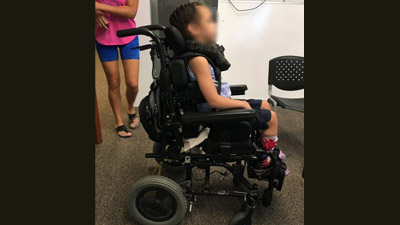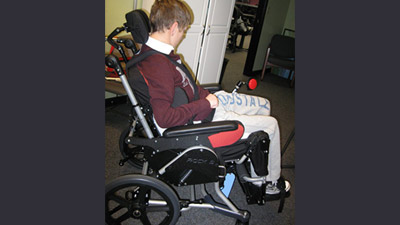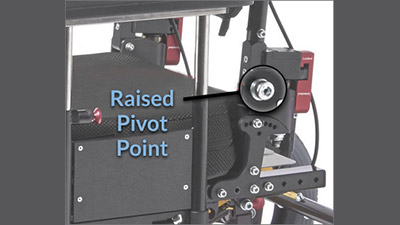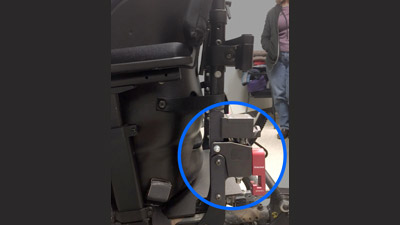Will my client break the Dynamic Seating?
Dynamic Seating is often used to prevent equipment breakage, specifically the wheelchair frame and seating system. The Dynamic components absorb strong, repeated, sudden, and/or sustained forces, hence protecting vulnerable areas of the seating and mobility base. This was addressed in two prior Blogs (Dynamic Seating to Prevent Equipment Breakage, part 1 and part 2). But what about the Dynamic Components themselves? Just how durable are these?
Modular Dynamic Seating Components Vs. Integrated Dynamic Seating Systems
Modular components can be retrofitted to a mobility base and used individually or in combination with one another. Let’s take a look at Spencer’s transition from an Integrated system to Modular components.
When An Elastomer Goes Flat… The Story of J and the Flattened Elastomers
This is the story of J and the flattened elastomers. J is a young man with an incredibly strong extensor tone pattern that usually initiates in his hips. He uses a Seating Dynamics Dynamic Rocker Back to absorb these forces. He resides in a long term care facility and has multiple caregivers who have known him for many years.
Oil and Water – Do Molded Backs and Dynamic Seating Mix?
Oil and water don’t mix well and we often assume that molded seating and movement don’t mix either. Why? Well, a molded seat or back provides very intimate contact with the client’s body. If, for example, the seat to back angle changes, this can change the alignment of the client in relation to these intimate contours.
3 Reasons to Provide Dynamic Posterior Movement of the Trunk and Pelvis
Seating Dynamics explains how a dynamic back rest provides clients with posterior trunk and pelvis movement.
Allowing Movement Of The Pelvis Without Loss Of Position
Seating Dynamics explains how dynamic pelvic components allow clients to tilt their pelvis forward and return upright to a neutral position.
- « Previous
- 1
- …
- 3
- 4
- 5

